ESP8266 CH340 NodeMCU Wi-Fi Module for the Arduino and IoT Projects
Applications of NodeMCU :
- Power Input: 4.5V ~ 9V (10VMAX), USB-powered
- Transfer Rate: 110-460800bps
- Communication Interface: UART / GPIO
- Networking: Smart Link Smart Networking
- Temperature Range: -40°C ~ + 125°C
- Drive Type: Dual high-power H-bridge
- Flash Size: 4MByte
- Cost-Effective Connectivity: Lowest cost Wi-Fi module in the market
- Ease of Use: No need to download resetting
- Delivery & Return
Delivery
Free Delivery on Orders Above ₹999 FREE
Available for all eligible orders across India.
Normal Shipping
Estimated delivery time: 3-7 working days. Charges: ₹69 for orders below ₹999.
Express Shipping
Estimated delivery time: 2-5 working days. Charges: ₹89 for orders below ₹999.
Returns
Easy Returns
You can raise a return request within 7 days of product delivery. Items must be unused, unaltered, and in their original packaging.
we will appreciate if you can provide us an unboxing video.Replacement Policy
We offer an easy replacement policy for defective or damaged items. However, products that have been soldered or altered after purchase will not be eligible for return or replacement.
Refunds FAST PROCESSING
Refunds will be processed within 3-5 business days after the returned product is received and inspected. Refunds will be issued to the original payment method.
Returns in Store FREE
For a hassle-free return experience, you can also visit our nearest store or service center. Returns will typically be processed within 5-7 business days.
- Ask a Question
₹235 (inc. GST)
nodemcu price overview
It’s an open source IoT platform, based on ESP8266 Wi-Fi SoC with firmware, will combinated with hardware based on ESP-12 module. It’s designed for easy prototyping, and it includes a simple, easy to use scripting language called Lua. The board comes with inbuilt wifi support, various GPIO pins, and countless number of sensors and peripherals, hence enabling an ideal package for developing IoT projects.
esp8266pinout -EG0158

Before you can actually buy a product that includes a device driver, you can use the information in Understanding Pin Configuration to see whether you’ll need any additional drivers.
If you’re at all interested in building projects with the NodeMCU, you’ve got to learn the ESP8266 pinout. We get a variety of pins in this module, like multiple GPIO pins, ADC pin for analog input, power pins, and ground pins. It helps us to accurately connect the sensors, actuators and other components. We provide detailed pinout diagrams to help developers with their projects’ set up, so that all the connections needed for best performance are made accordingly.
esp8266 arduino
This is about How to Connect ESP8266 with Arduino.
This integration with the ESP8266 and Arduino opens up a lot of possibilities for doing enhanced IoT and automation projects. All these steps include connecting the ESP8266 module to the Arduino board using an easy procedure. With the Arduino IDE, developers are able to write and upload code to the ESP8266, reap the benefit of the ESP8266 capabilities for Wi-Fi access and make use of the large Arduino library base. It makes both these platforms so seamlessly integrated that we can achieve truly robust and scalable project development.
arduino and esp8266
Advantage of Using the Arduino with ESP8266
Combining Arduino with ESP8266 brings together the best of both worlds: Because Arduino is user friendly and ESP8266 is powerful Wi-Fi. This synergy makes it easy for developers to develop sophisticated IoT applications. The environment does support many libraries that allow to control and monitor devices from remotely. Furthermore, combining these platforms into a single platform creates opportunities for rapid prototyping and deployment which enables novel solutions in the home automation, smart agriculture, and many others.
A History and Development of NodeMCU
The purpose of developing NodeMCU is to give a low cost and easy to use IOT development platform. NodeMCU was originally an open sourced project which soon became popular because it was simple and effective. The firmware is based from the eLua project and runs on ESP8266 Wi-Fi SoC, which includes superb performance and low power consumption. Although NodeMCU has changed over the years with improvements and additional features the go to for hobbyist and professional developers alike.
similar products : arduino, arduino uno spec, nano
| 5 |
|
7 |
| 4 |
|
5 |
| 3 |
|
1 |
| 2 |
|
0 |
| 1 |
|
4 |
- 5mm LED
- 18650 Lithium Battery
- arduino
- arduino ide
- arduino uno
- Batteries
- Battery
- Battery Accessories
- Battery Charging
- bo motor
- Capacitor
- Capacitors
- development board
- diode emitting light
- drone
- drone propellers
- drone spare parts
- LED
- LEDs
- Li-ion Battery
- light emitting diode
- li on li po
- li po and li ion
- lithium battery
- lithium ion
- lithium ion battery life
- Module
- NMC Cells (18540)
- non- Rechargeable Battery
- original
- Passives/Capacitors
- Passives/Diodes
- Passives/Resistors
- power
- quadcoptor
- rc drone
- Rechargeable
- Rechargeable Battery
- Resistor
- RGB
- robo
- sensor
- Sensors
- type of leds
- types of led lights
You may also like…
₹1,179 Original price was: ₹1,179.₹353Current price is: ₹353. (inc. GST)
Application of Arduino Uno R3
- Digital I / O digital input / output terminal: 0 to 13.
- Analog I / O Analog inputs / outputs: 0 to 5.
- Support ISP download function.
- Output voltage: 5V / 3.3V DC.
- Input voltage: No external power supply when connected to the computer
- USB, external power supply 5V ~ 9V DC voltage input.
61 in stock
₹589 Original price was: ₹589.₹301Current price is: ₹301. (inc. GST)
Applications of Arduino Nano :
- It has 22 I/O pins in total in which 14 are Digital (6 are PWM output) and 8 are Analog pins.
- Operating Voltage (Logic Level): 5V.
- Supports Serial, I2C, SPI Communication Protocols.
- Flash memory: 32KB in which 2KB is used by Bootloader
- Clock speed: 16MHz
- DC Current per I/O Pin: 40 mA
- SRAM : 2KB, EEPROM: 1KB
- DC Current per I/O pin: 40mA
82 in stock
₹826 Original price was: ₹826.₹690Current price is: ₹690. (inc. GST)
Raspberry Pi Pico
specifications of Raspberry Pi Pico
- RP2040 Microcontroller: Equipped with 2MB of flash memory
- On-Board 2.4GHz Wireless Interfaces: Seamless wireless connectivity (802.11n)
- Micro USB B Port: Power, data transfer, and reprogramming
- Compact ‘DIP’ Style PCB: 21mmx51mm with 1mm thickness and 0.1″ through-hole pins
- 26 Multi-Function GPIO: Exposes 26 general-purpose I/O, 23 digital-only with three ADC capable
- Surface Mountable: Offers flexibility for various project designs
- ARM Serial Wire Debug (SWD) Port: 3-pin for debugging capabilities
- Flexible Power Supply Architecture: Easily powered via micro USB, external supplies, or batteries
- Dual-Core Cortex M0+: Runs at up to 133MHz for enhanced performance
- 264kByte Multi-Bank High-Performance SRAM: Supports memory-intensive applications
19 in stock
Related Products…
₹589 Original price was: ₹589.₹316Current price is: ₹316. (inc. GST)
Applications of Arduino Nano V3.0 :
- It has 22 I/O pins in total in which 14 are Digital (6 are PWM output) and 8 are Analog pins.
- Operating Voltage (Logic Level): 5V.
- Supports Serial, I2C, SPI Communication Protocols.
- Flash memory: 32KB in which 2KB is used by Bootloader
- Clock speed: 16MHz
- DC Current per I/O Pin: 40 mA
- SRAM : 2KB, EEPROM: 1KB
- DC Current per I/O pin: 40mA
15 in stock
₹1,003 Original price was: ₹1,003.₹707Current price is: ₹707. (inc. GST)
Applications of Arduino Uno R3 ATmega328P Board :
- Model Type: UNO Rev R3
- Microcontroller Chip: ATmega328P
- Operating Voltage (VDC): 5
- Input Voltage (Recommended): 7-12V
- Input Voltage (limit): 6-20V
- Analog I/O Pins: 6
- Digital I/O Pins: 14 (of which 6 provide PWM output)
- PWM Digital I/O Pins: 6
- DC Current per I/O Pin (mA): 40
- DC Current for 3.3V Pin (mA): 50
- Clock Speed: 16 MHz
- SRAM (KB): 2
- EEPROM: 1 KB (ATmega328)
- Flash Memory: 32 KB
- On Board LEDs: On/Off, L (PIN 13), TX, RX
67 in stock
₹9,439 Original price was: ₹9,439.₹8,484Current price is: ₹8,484. (inc. GST)
Specifications
- Model: Raspberry Pi 4 Model B
- Processor: Broadcom BCM2711, Quad-core Cortex-A72 (ARM v8) 64-bit SoC @ 1.4GHz
- RAM: 8GB LPDDR4-3200 SDRAM
- Wireless LAN: Dual-band 802.11ac, 2.4GHz and 5GHz
- Ethernet: Gigabit Ethernet with PoE capability (PoE HAT required)
- USB Ports: 2 × USB 3.0, 2 × USB 2.0
- Video Output: 2 × Micro HDMI ports (up to 4Kp60)
- GPIO: 40-pin GPIO header
- Storage: MicroSD card slot
- Power: 5V/3A USB-C power supply
- Heatsink: Built-in metal heatsink for efficient thermal management
20 in stock
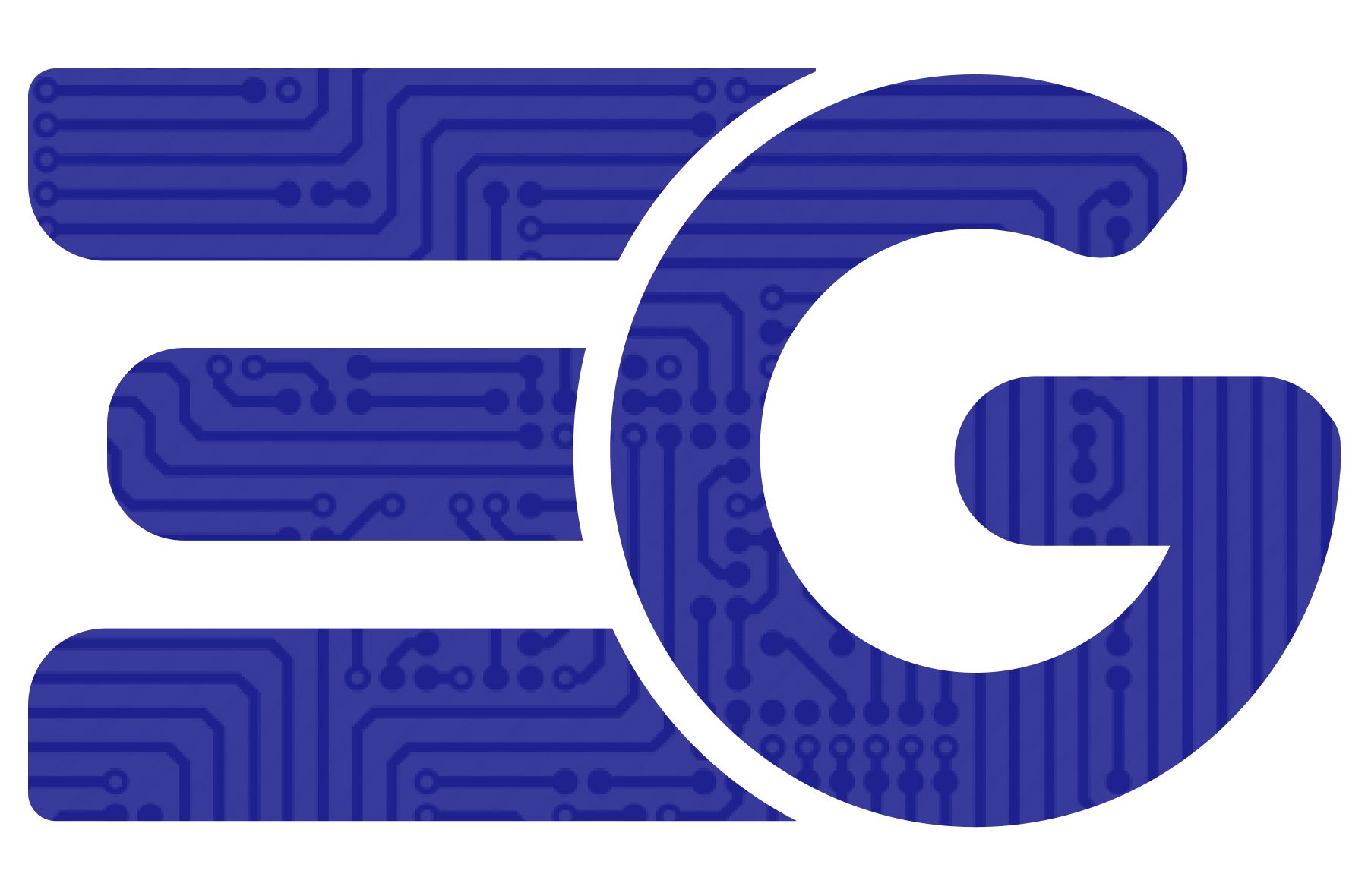
 EGPT
EGPT


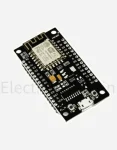
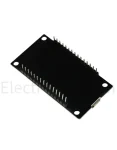
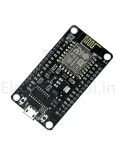
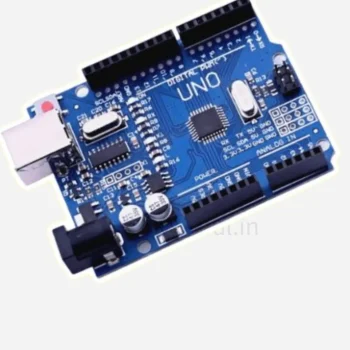
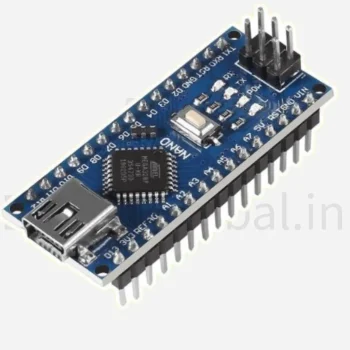
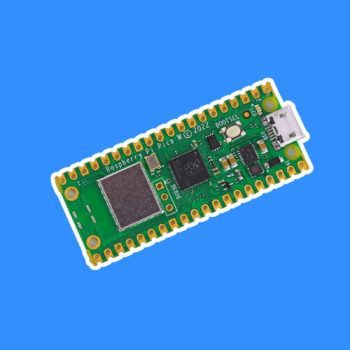
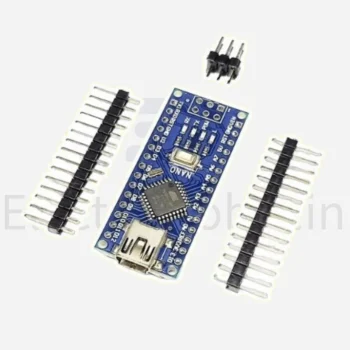

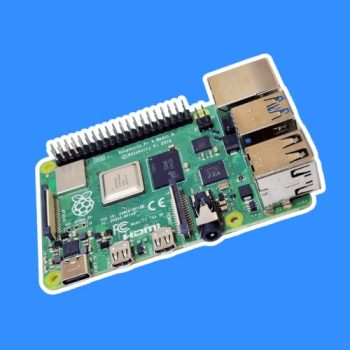




santhoshkumar R –
Vimal Kumar –
Ankush Kachare –
Rajesh sh Bh –
fast delivery, product value is good
[...]Neeraj Kumar –
AAYUSH PRATAP –
fast delivery , rates are too good
[...]Mohammed sohail Ahmed –
fast delivery , good product
[...]SUBBURAMAN K –
expert guidance , good quality
[...]Aravinth Raj –
nyc quality, fast delivery, good for project use
[...]ARCHANA KHARE –
nyc quality, fast delivery
[...]Atul Rajendra Suryawanshi –
good quality, packaging is so good
[...]Sanjay Gupta –
affordable, better quality & nice packaging.
[...]Rajesh Gopinathan –
affordable and on time delivered.
[...]Girish Satasiya –
nyc product, good quality , discounted rated too
[...]Haru Das –
nyc quality, good product
[...]Ishwar Narkhede –
nyc for projects and fastest delivery too
[...]Ramesh M.Ramesh –
expert guidance, quality is good
[...]